A team of physicists at the Hebrew University of Jerusalem has made a breakthrough that could bring secure quantum communication closer to everyday use—without needing flawless hardware.
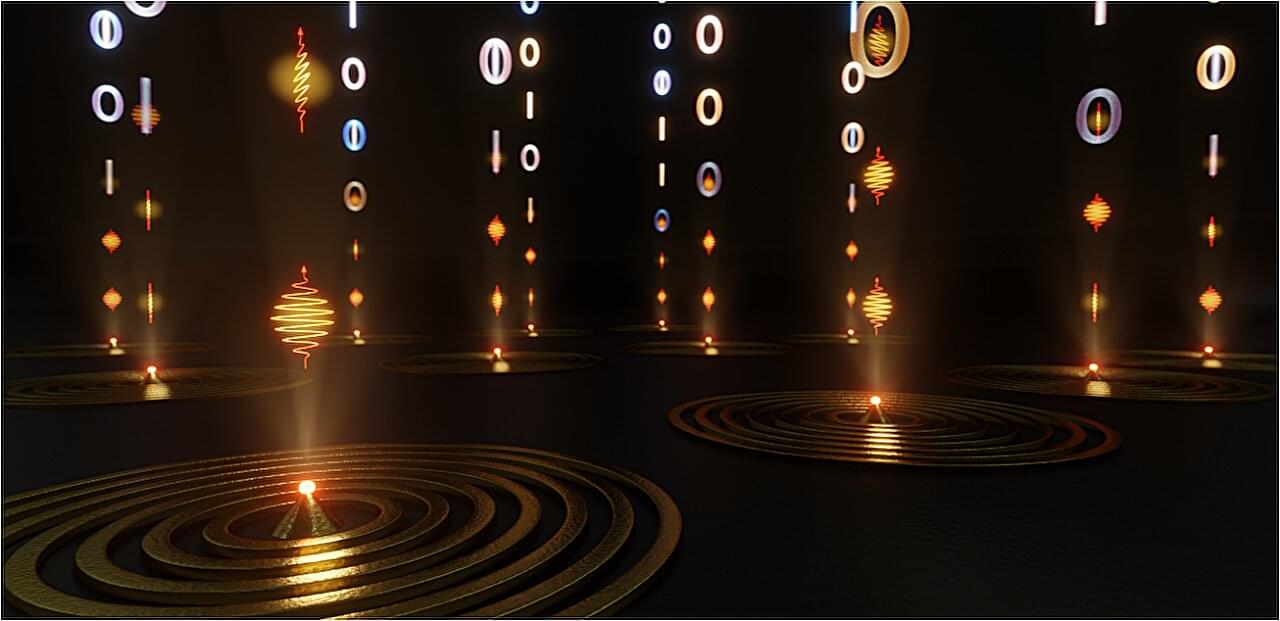



An international team of astronomers has observed one of the brightest fast radio bursts (FRBs) ever detected—and pinpointed its location in a nearby galaxy (NGC 4141). FRB 20250316A has been nicknamed RBFLOAT, which stands for Radio Brightest FLash Of All Time. The finding and the discovery of the location surprised the team and revealed new insight into FRBs, which are one of astrophysics’ biggest mysteries.



Researchers at the Max Planck Institute for the Structure and Dynamics of Matter (MPSD), in collaboration with international partners, have developed momentum-resolved Floquet optical selection rules. They show how these symmetry-based rules determine the spectral weight distributions of photon-dressed sidebands in time- and angle-resolved photoemission spectroscopy (TrARPES) experiments across different pump-probe configurations. This fundamental work has now been published in Science Advances.
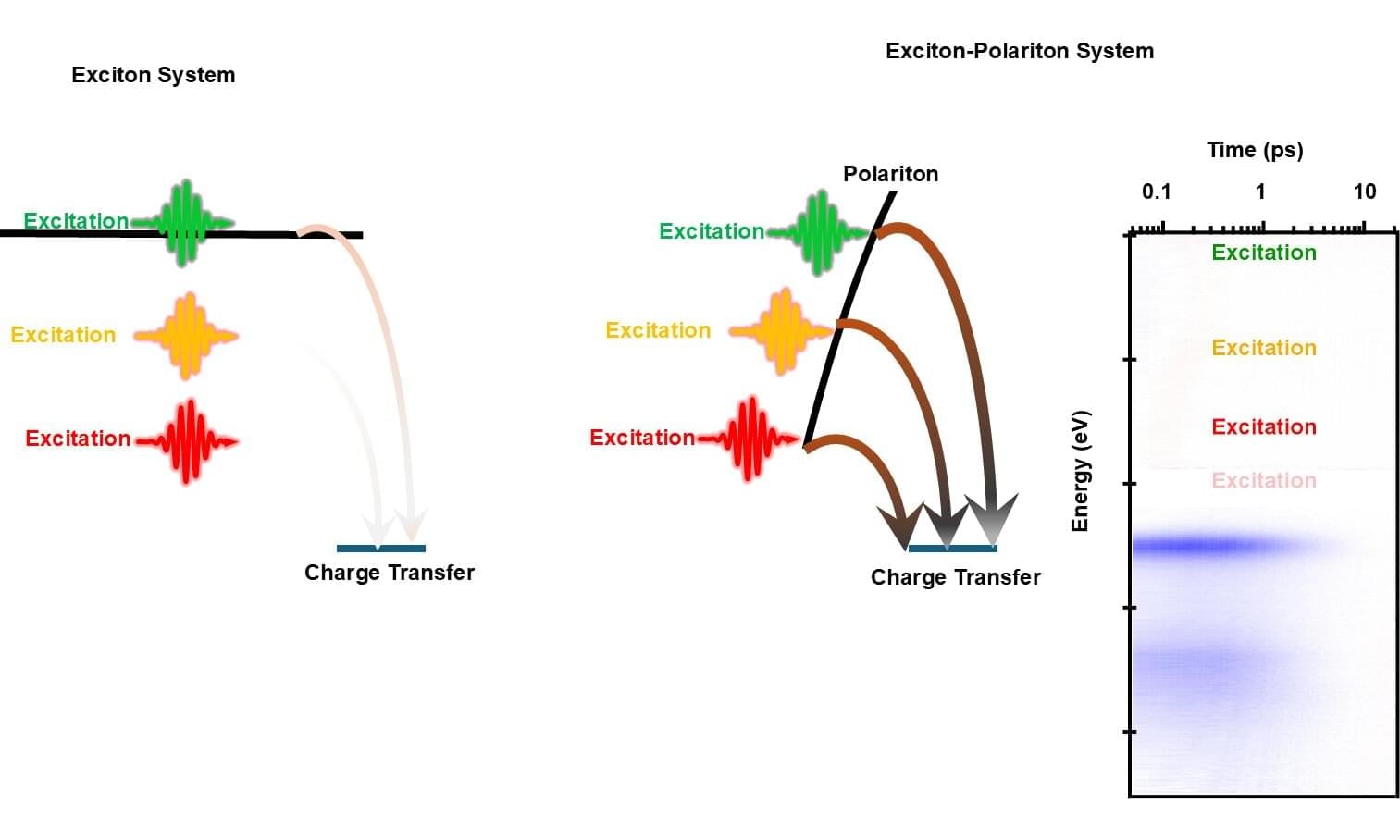
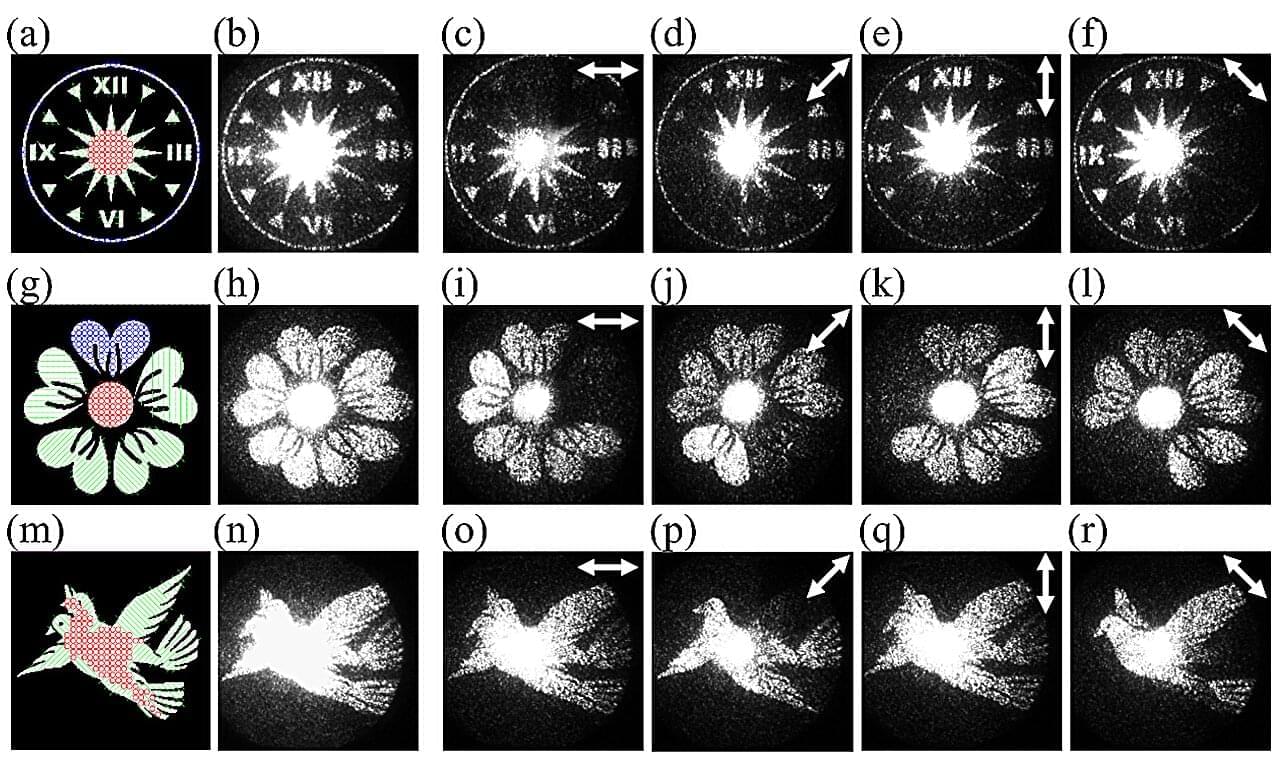
Holography—the science of recording and reconstructing light fields—has long been central to imaging, data storage, and encryption. Traditional holographic systems, however, rely on bulky optical setups and interference experiments, making them impractical for compact or integrated devices. Computational methods such as the Gerchberg–Saxton (GS) algorithm have simplified hologram design by eliminating the need for physical interference patterns, but these approaches typically produce scalar holograms with uniform polarization, limiting the amount of information that can be encoded.
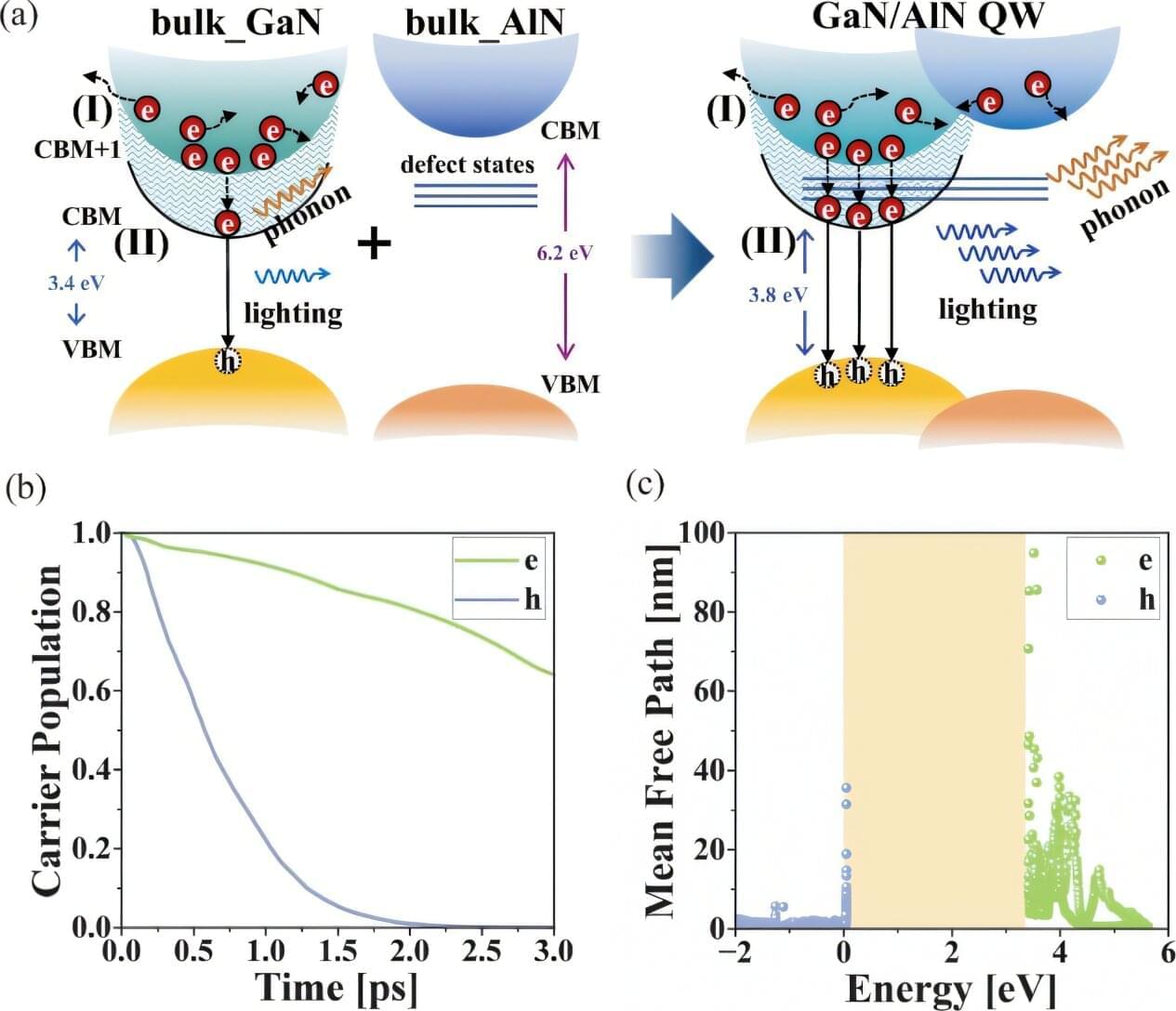
A study conducted by researchers from the Changchun Institute of Optics, Fine Mechanics and Physics (CIOMP) of the Chinese Academy of Sciences has demonstrated how nitrogen vacancies (VN) resolve asymmetric carrier injection in GaN-based light-emitting diodes (LEDs), providing a practical way to improve device efficiency.
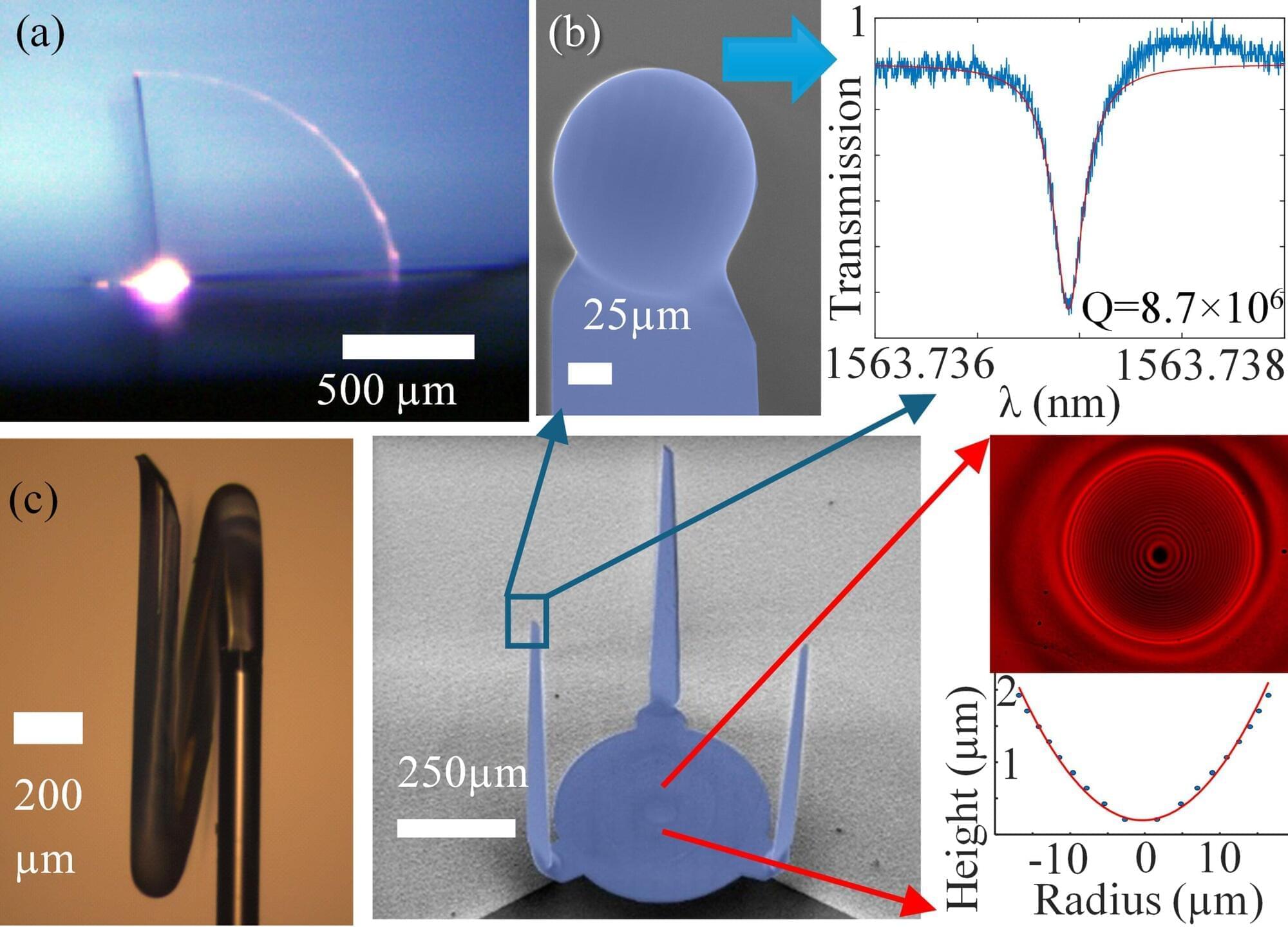
Researchers have developed a technique to fold glass sheets into microscopic 3D photonic structures directly on a chip—a process they call photonic origami. The method could enable tiny, yet complex optical devices for data processing, sensing and experimental physics.
“Existing 3D printers produce rough 3D structures that aren’t optically uniform and thus can’t be used for high-performance optics,” said research team leader Tal Carmon from Tel Aviv University in Israel.
“Mimicking the way a pinecone’s scales bend outward to release seeds, our laser-induced technique triggers precise bending in ultra-thin glass sheets and can be used to create highly transparent, ultra-smooth 3D microphotonic devices for a variety of applications.”